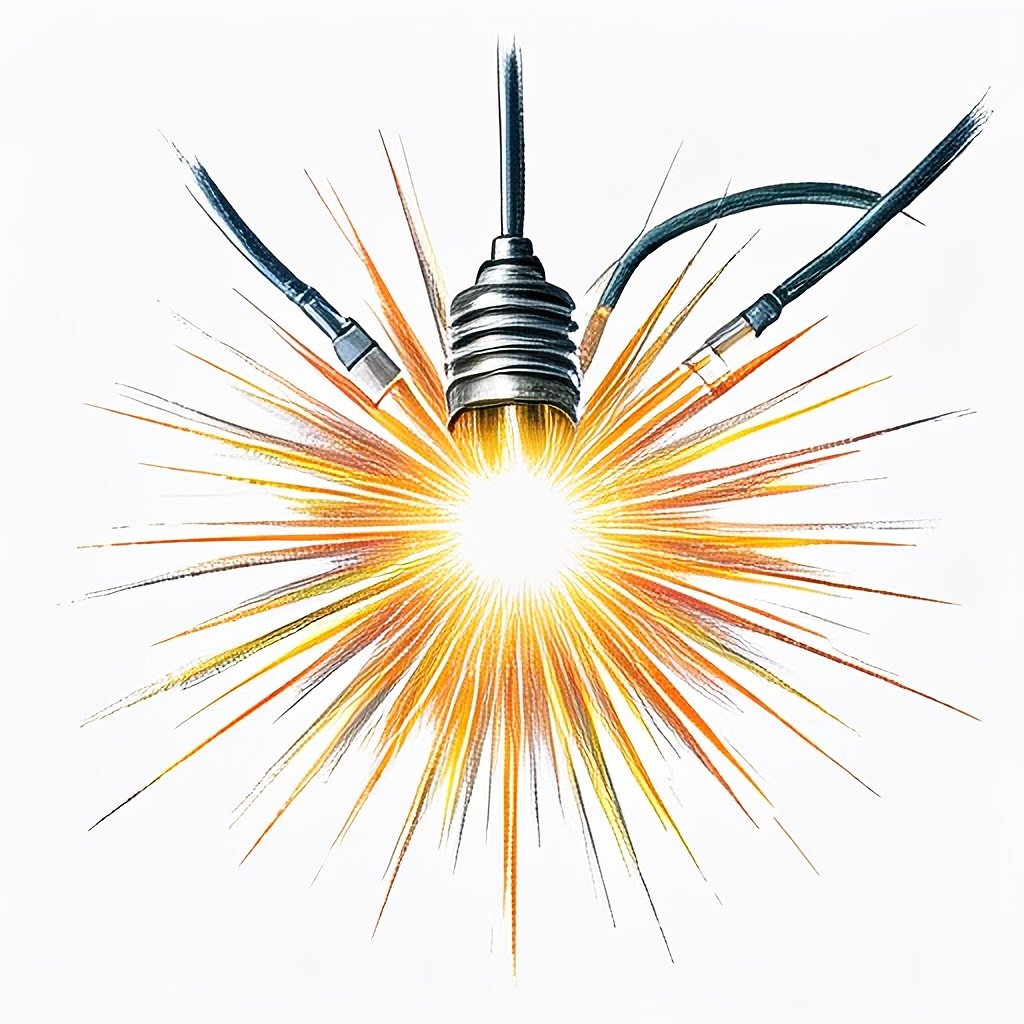NASA’s Stuck Astronauts Face Strange Health Problems After Return
NASA astronauts Suni Williams and Butch Wilmore have finally ended their unexpected nine-month stay in space, but their health journey on Earth is just beginning.
They may face a variety of health problems — from weaker bones and muscles to vision issues and “baby feet” — as their bodies adjust back to the planet’s gravity.
The astronauts splashed down in a SpaceX Dragon capsule off the coast of Florida just before 6 p.m. ET on Tuesday, March 18. They smiled and waved as crews helped them out of the spacecraft on the deck of SpaceX’s recovery vessel.
Next stop: Houston, Texas, for quarantine and several days of medical evaluation.
Williams and Wilmore arrived at the International Space Station last June and were supposed to stay for about a week. They were forced to remain in orbit around Earth when the vehicle they arrived in — Boeing’s Starliner capsule — developed thruster problems and helium leaks.
During their long stay, Williams denied rumors she was losing weight, noting her head just looked bigger in relation to her body because of the way fluid redistributes in microgravity, causing a “puffy head, bird legs” appearance.
After 286 days in space — one of the longest periods of time on board the International Space Station — the astronauts were checked out by doctors soon after splashing down on Earth. They’ll undergo a thorough medical exam at NASA’s Lyndon B. Johnson Space Center in Houston and won’t be allowed to go home until the doctors clear them, senior correspondent Tom Costello reported on NBC Nightly News.
“Astronauts say they often feel wobbly and nauseated when they return to Earth because the ear’s vestibular system has to readjust,” Costello said.
Here are other health issues the astronauts may deal with after a long stay in space:
Bone and muscle loss
Bones become about 1% less dense for each month in space, according to NASA, especially bones in the legs, hips and spine, which do the heavy lifting on Earth.
Muscles don’t need to work as hard in space so they, too, atrophy. All of it could lead to falls, bone fracture, osteoporosis and other medical problems once the mission is over.
To counteract these effects, astronauts must exercise every day in space — for about two hours, including cardio and resistance training — as part of their job to keep their bones and muscles strong. But they still feel the impact when they return home.
“It’s a big shock for the body to come back to Earth — everything is so heavy. We spend a lot of time getting used being back in gravity again,” former NASA astronaut Peggy Whitson previously told TODAY.com.
Shorter height on Earth
Astronauts grow in space because the spinal column expands out without gravity, Whitson said. She grew about an inch, while former NASA astronaut Scott Kelly became 2 inches taller.
On Earth, the spinal disks compress again so Whitson experienced “dramatic” back pain upon coming back. Former NASA astronaut Frank Rubio — who spent 371 days on the International Space Station, a record — also reported lower back pain.
Coming back after such a long time effortlessly floating in microgravity, the spine is “really not used to keeping your posture every single moment of the day,” Rubio told NPR.
Vision issues
Astronauts’ eyes and brain structure change in space because without gravity, “fluids in the body shift upward to the head, which may put pressure on the eyes and cause vision problems,” NASA says.
The condition is known as spaceflight associated neuro-ocular syndrome.
Changes include swelling of the optic nerve, folds in the retina, flattening of the back of the eye and blurry vision. Some changes may be permanent in some astronauts, NASA notes.
‘Baby feet’
The feet are designed to bear the body’s weight on Earth, so the skin on the bottom is tough and sturdy as people walk around. But since astronauts bounce and float in space, the feet don’t support much and the soles become delicate, said former NASA astronaut Leroy Chiao.
“You basically lose the thick part of the skin on your feet that develops, and you kind of have baby feet when you come back,” he told NewsNation earlier this month.
Any callouses fall off, said former NASA astronaut Scott Kelly, noting he received compliments while getting a foot massage after returning from a space mission.
“The masseuse says, ‘You have the softest feet I’ve ever felt in my whole life,’” he recalled on C-Span.
Rubio was surprised by the pressure and sensitivity that comes with standing and walking on Earth.
“The bottoms of my feet actually hurt quite a bit,” he told NPR. “You really can’t train that.”
The feet return to normal quickly, Chiao added.
Skin rash
Researchers reported the case of a NASA astronaut who developed a rash and skin sensitivity when he came home after 340 days in space. The symptoms lasted for six days after he landed on Earth and were successfully treated with medication, hydrotherapy and massage.
“A prolonged lack of skin stimulation over the course of the year-long mission” was likely to blame for rash, the authors wrote.






